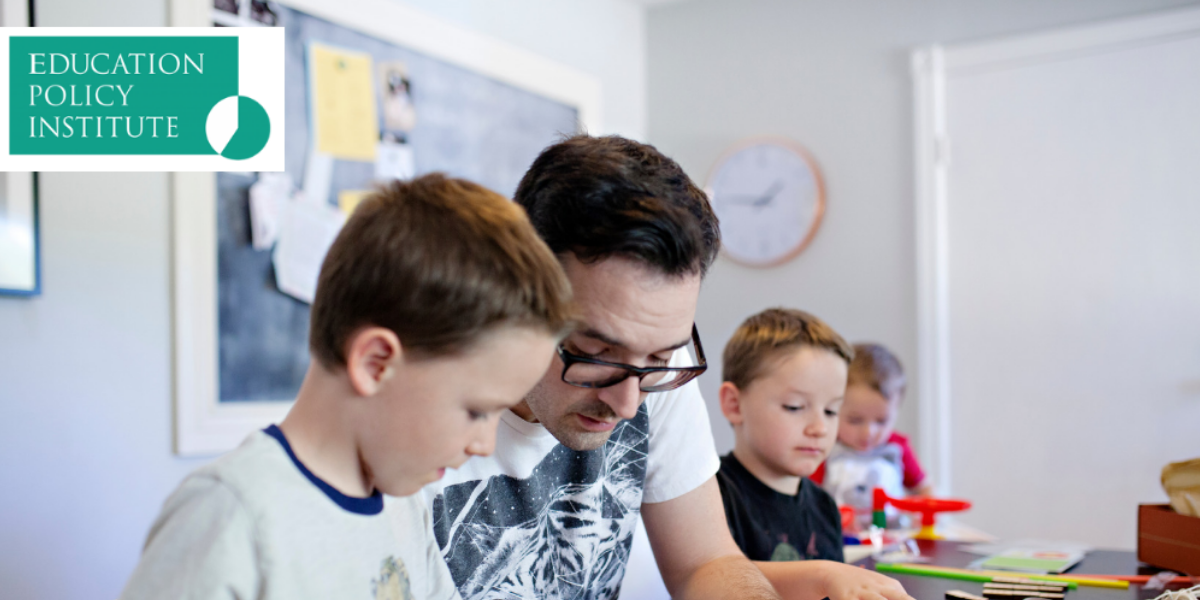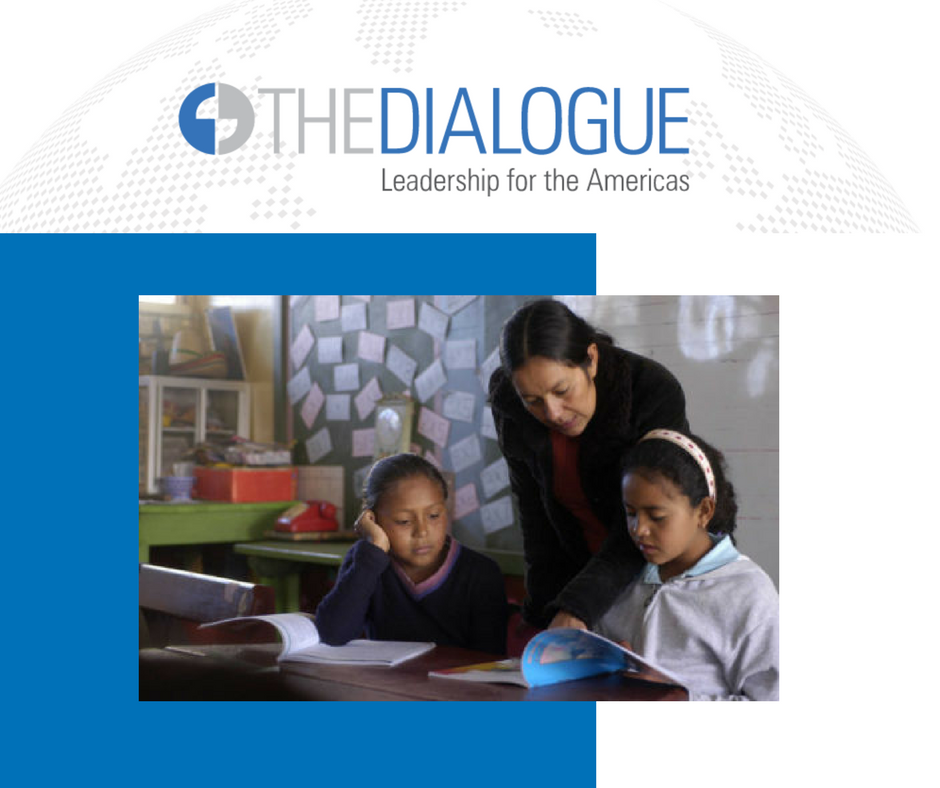The demand for child care in low in middle income countries has been growing over the last few years. Fueled by the increasing number of working women and migration from rural areas to urban centers, the drumbeat for child care support around the world has grown. The recent pandemic has raised new and complicated pressures on a child care system that was already under-resourced and under-recognized in many countries.
As schools closed around the world, so has the need to close child care programs. It is difficult to protect the health of teachers, caregivers, families and the community when children are in group settings- whether called a school, a preschool or a child care center. At the same time, essential workers are experiencing difficulties doing their jobs while caring for and protecting their children. Essential workers can be defined as health care workers and depending on the community, may also include those working in food production and distribution (including markets), transportation, child protection, emergency services, and others.
Countries all around the world are faced with the dilemma of promoting physical distancing, while addressing the need to provide emergency child care for at least part of the workforce. Public officials around the world are encouraged to collaborate across sectors, particularly with public health, to develop procedures that promote the safety and healthy development of young children while supporting those working in emergency settings. It will be essential to follow the basic health protections outlined by the World Health Organization and as well as any country specific guidelines available.
Below are 10 issues that should be addressed:
1. Promoting family care wherever possible
Family care is most often the best option for the care of children when parents have to work during an emergency. However, this is not always possible, particularly if grandparents and other supportive relatives live far away or are in need of a more isolated setting themselves. At the same time, young children should not be left solely in the care of siblings who may still be too young to carry out this responsibility safely. Young children need the protection of a caring adult to assure their safety and security.
2. Deciding if and where emergency child care is provided
There have been many questions raised about emergency care including, among others: What are the best options for providing care (in homes, in centers, in schools, near hospitals)? How best to utilize existing home based providers? Too often there is limited guidance available to inform these choices. Every community or country is having to make these decisions based on available assets, changing needs, and the best way to protect children and frontline workers. Since it is important to provide as much space for individual children as possible to avoid the spread of the virus, it is best to limit the size of the group and to follow whatever health guidelines are available.
3. Establishing health and safety procedures
All of the established health measures to protect people from the spread of the virus should be reinforced in emergency child care. These includes procedures for handwashing, and others outlined by WHO. While access to clean water and supplies may be difficult in very low resource communities, it is essential that frontline workers providing emergency child care work together with community health services to establish and follow such procedures. These should include procedures for screening children and providers and assuring that those who are sick remain home.
4. Training all emergency child care providers and providing protective equipment and supplies
Caring for young children is a serious responsibility and needs special preparation, especially during times of emergencies. Child care providers should be trained in health and safety procedures, including appropriate interactions with children, families and each other. Protective supplies and equipment should be provided to all emergency child care providers and health supports should be available at all times.
5. Assuring adequate nutrition while children are in care
Assuring children have adequate food and nutritional supplements are particularly important to protect and promote healthy development. Often children receive a significant portion of their daily nutrition in child care or other early childhood programs. The use of such programs for food distribution and supplementation is critical for the children and their families.
6. Encouraging opportunities to promote early learning
Children do not stop learning in crises. They are learning as they interact with adults who are caring for them and responding to their needs, including the stress and isolation they may be experiencing during this crisis. Since many preschool programs have been closed, there is a need to provide parents and caregivers with tools and supplies needed to promote early learning.
7. Providing health messages and other information to families
Child care and other early childhood programs interact with parents every day. Through these services, families can be linked to the emerging information and resources that can support them through the pandemic. These should include ways to stay socially connected. Emergency child care should be seen as a gateway to reaching parents as well as a service to care for children.
8. Providing pay for child care providers
Child care providers around the world have been impacted economically as their programs have closed. This comes on top of a system that historically has failed to recognize the needs of child care workers or provide adequate compensation. In order to assure safe and healthy conditions, emergency providers need supplemental resources to operate and child care services that remain closed should have the resources needed to recover.
9. Assisting parents in paying for care
The pandemic has had a dramatic impact on the income and well-being of families. Even before the pandemic, parents were having difficulty finding and paying for child care. Early childhood programs should be seen as a public good. During these difficult times it will be important for child care expenses to be included as part of social protection mechanisms.
10. Recognizing child care as a core community support
During the emergency response and recovery from this crisis, child care should emerge as a core service in a system of community supports for children and families. As such, new ways of supporting and connecting child care to health and nutrition, social protection, child protection, education and ongoing services should be established. This is an opportunity to build back better than where we were before and create a child care system that works for children and families around the world.
Resources
World Health Organization - https://www.who.int/emergencies/diseases/novel-coronavirus-2019
UNICEF - https://www.unicef.org/parenting/
Early Childhood Development Action Network - www.ecdan.org
IFC, World Bank - Child care in the COVID 19 Era: A guide for employers
Stay tuned to ECWI’s Knowledge Hub for additional resources for navigating COVID-19 specific to the early childhood workforce.







 in Nairobi with my colleague
in Nairobi with my colleague 
